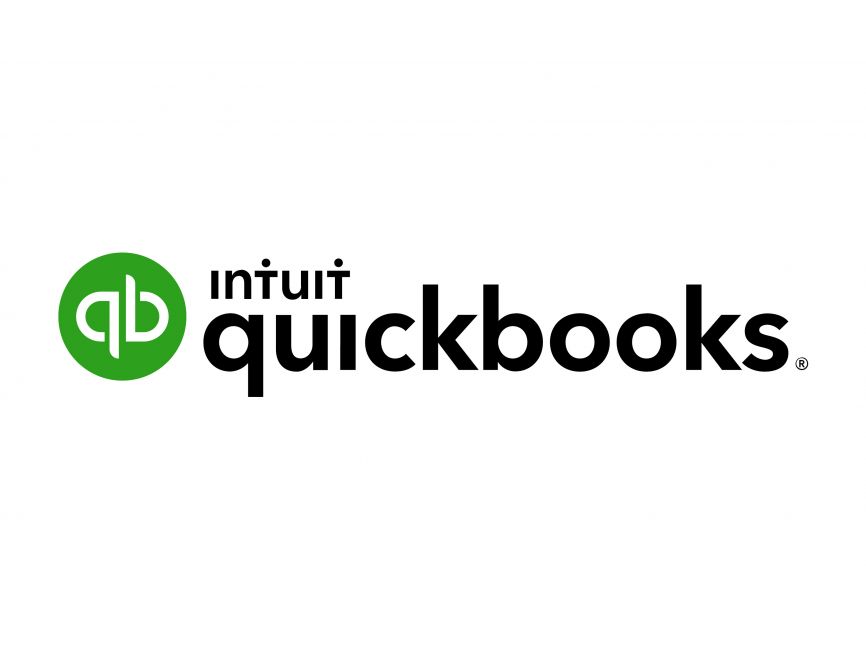Financial Statements
SECP Compliant Financial Statements Preparation Services
Financial Statements Compilation
Prepare SECP-compliant financial statements including balance sheet, profit and loss statement, and cash flow statement. Ensure accuracy and adherence to regulatory standards for financial reporting.
Cash Flow Statement Analysis:
Conduct in-depth analysis of cash flow statements to assess liquidity, solvency, and operational efficiency. Identify key trends and factors influencing cash flow to support strategic decision-making.
Balance Sheet and Profit Loss Statement Preparation
Compile comprehensive balance sheets and profit loss statements, reflecting the financial position and performance of your business. Incorporate changes in equity and cash flow data to provide a holistic view of your company's financial health.
Financial Statement Review and Analysis:
Perform thorough review and analysis of financial statements to evaluate performance, profitability, and financial stability. Provide insights and recommendations based on financial statement analysis to support business growth and sustainability.
Navigating Financial Reporting with SECP
Understanding SECP Regulations
The Securities and Exchange Commission of Pakistan (SECP) stands as the regulatory authority governing financial reporting standards and practices in the country. For businesses operating within Pakistan’s financial landscape, compliance with SECP regulations is not just a legal obligation but also a means to uphold transparency and accountability in financial reporting.
Financial Statements: A Cornerstone of Transparency
Financial statements serve as the cornerstone of transparency in business operations, providing stakeholders with vital insights into an organization’s financial health and performance. Among the key components of financial statements are the balance sheet, profit loss statement, and cash flow statement, each offering a unique perspective on the financial standing of a company.
Unveiling Financial Performance: The Balance Sheet
The balance sheet is a snapshot of a company’s financial position at a specific point in time, showcasing its assets, liabilities, and shareholders’ equity. It provides a comprehensive overview of what a company owns and owes, offering crucial information for investors, creditors, and other stakeholders to assess its solvency and liquidity.
Unveiling Financial Performance: The Balance Sheet
The balance sheet is a snapshot of a company’s financial position at a specific point in time, showcasing its assets, liabilities, and shareholders’ equity. It provides a comprehensive overview of what a company owns and owes, offering crucial information for investors, creditors, and other stakeholders to assess its solvency and liquidity.In understanding the balance sheet, stakeholders can gauge the liquidity of a company by analyzing its current assets and liabilities. Moreover, the balance sheet provides insights into the long-term financial health of a company by showcasing its investments, property, plant, and equipment.
Assessing Performance: The Profit Loss Statement
The profit loss statement, also known as the income statement, provides a summary of a company’s revenues, expenses, and net income over a specific period. It reveals whether a company is generating profits or incurring losses, offering valuable insights into its operational efficiency and profitability.In analyzing the profit loss statement, stakeholders can delve into the revenue streams of a company and identify areas of growth or decline. Additionally, by scrutinizing the expenses incurred, stakeholders can assess the efficiency of cost management practices within the organization.
Understanding Changes: Changes in Equity
Changes in equity represent alterations in the ownership interest in a company over a specific period. These changes can result from various transactions such as issuing new shares, distributing dividends, or recording net income or losses. Understanding changes in equity is essential for stakeholders to gauge the impact of these transactions on the overall financial position of the company.
Tracking Cash Flows: The Cash Flow Statement
The cash flow statement provides insights into how cash and cash equivalents move in and out of a company during a specific period. It categorizes cash flows into operating, investing, and financing activities, offering valuable information about a company’s liquidity, solvency, and ability to meet its financial obligations.
### Conducting Analysis: Financial Statement Analysis
Financial statement analysis involves examining and interpreting financial statements to assess a company’s performance, profitability, and financial stability. It encompasses various techniques and ratios to evaluate key aspects such as liquidity, profitability, efficiency, and solvency. By conducting thorough financial statement analysis, stakeholders can make informed decisions regarding investment, lending, and strategic planning.
In conclusion, adherence to SECP regulations and the accurate preparation of financial statements are essential for businesses to maintain transparency, accountability, and credibility in the eyes of stakeholders. By understanding the significance of financial statements, including the balance sheet, profit loss statement, and cash flow statement, businesses can navigate the complexities of financial reporting with confidence and integrity.
Contact Us
- Serving Across UK | USA | PK
- +447458928545
- +92 3278349643
- Info@proadvisors.org
Sign Up for News Letter



